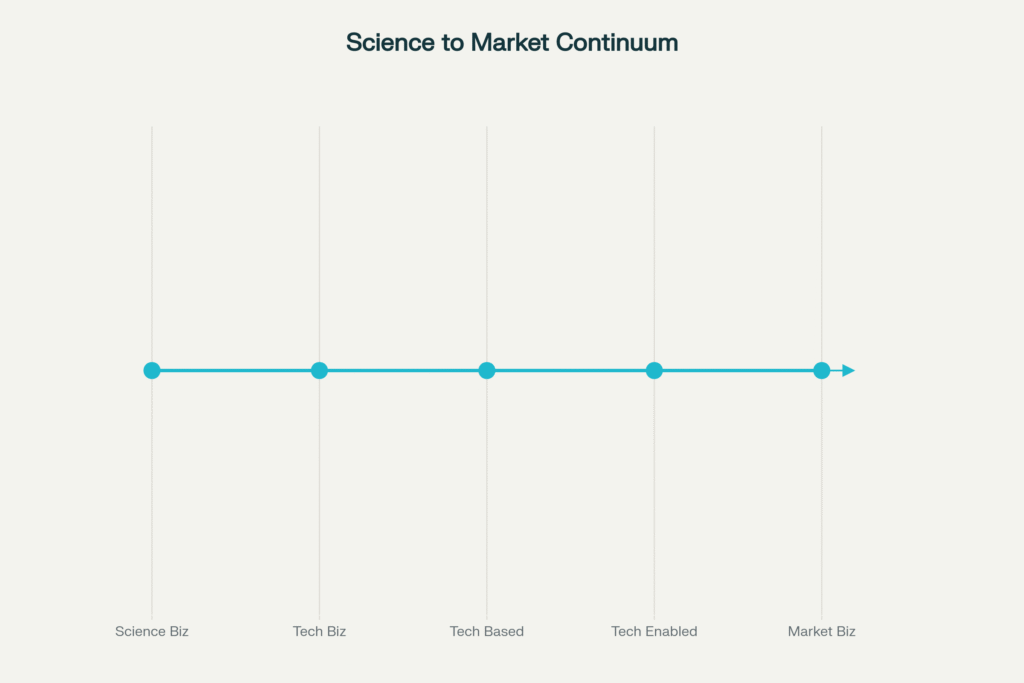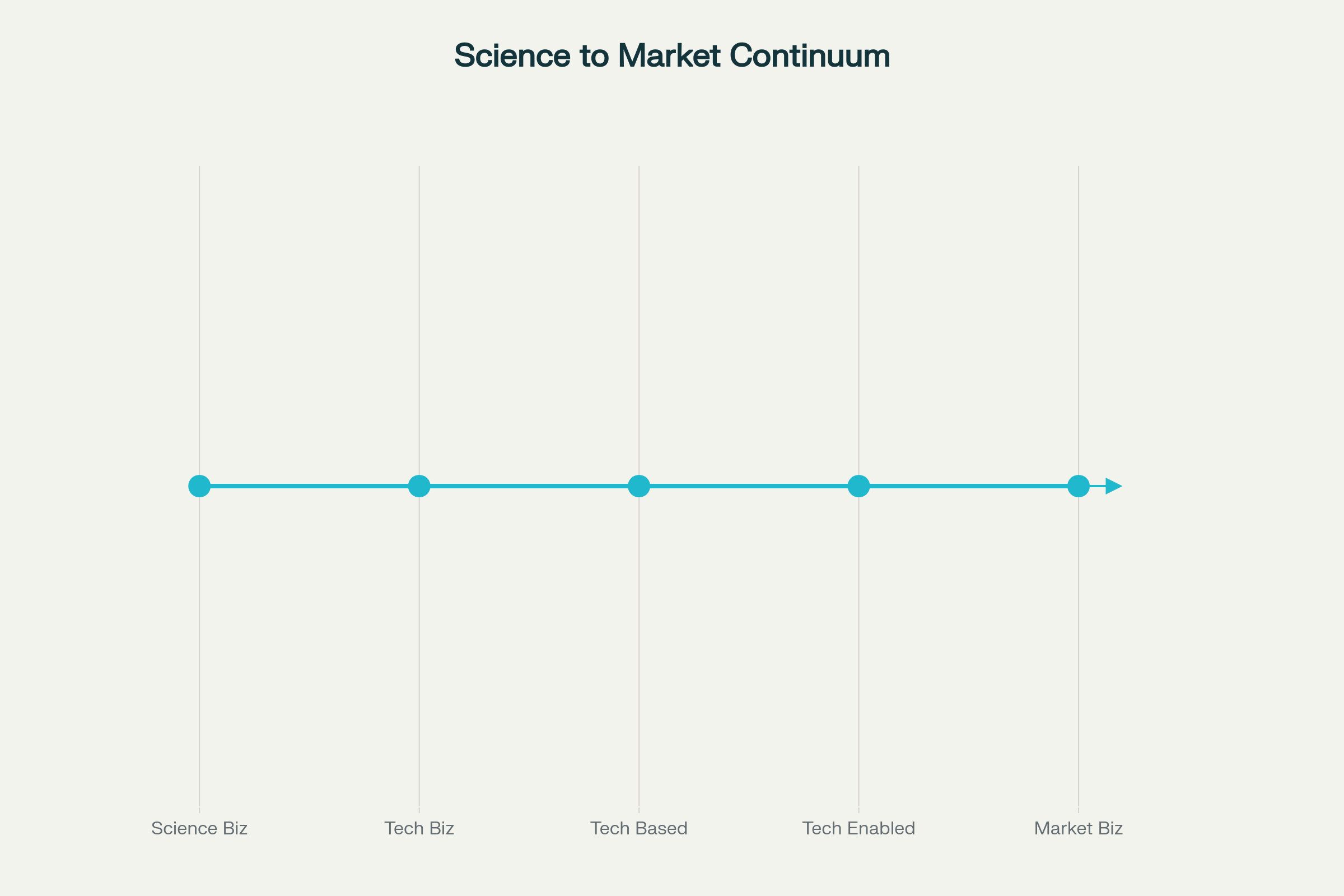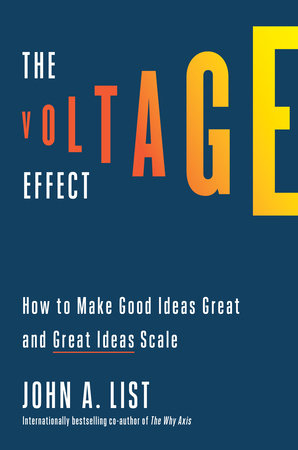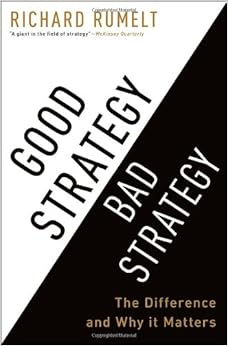Remember that healthcare session where we were discussing different types of ventures (if not check out with NSRCEL)? You asked me for a source on the framework I explained, and since I couldn’t point you to one, here’s the version I wrote up for you. Think of it as your GPS for understanding where your venture sits—and more importantly, what approach might actually work for you.
The Big Idea: It’s All About How You Create Value
Not all businesses are created equal. Some live in labs, others thrive in markets. Most lie somewhere in between. The key is understanding where you are on what I call the Science-to-Market Continuum—because the strategies that work for a biotech startup will likely crash and burn for a neighbourhood retailer.

The Five Stops on Our Continuum
Let me walk you through each type, because knowing where you fit changes everything about how you should build your venture.
- Science Businesses: The Lab Heroes
These are the folks creating breakthrough scientific innovations that could change entire industries. Think of a team developing a revolutionary crystal structure that makes drilling equipment stronger, lighter, and more durable than anything we’ve seen. The same crystal may be used in another industry for a different use!
The Reality Check: You’re not just building a product—you’re proving that science works in the real world. Your biggest headache? Getting from lab bench to factory floor. And here’s the kicker—you often need a whole ecosystem of partners to make your innovation valuable to end customers.
- Technology Businesses: The System Builders
These ventures develop specific technologies that can plug into existing processes and multiply outcomes. You’re essentially creating the engine that makes other businesses run faster or better.
Smart Move: Many license their technology early (remember how Google’s founders licensed their search tech to Yahoo! before going solo?). This generates cash, proves the technology works, and gets investor attention for the bigger play ahead.
- Technology-Based Businesses: The Use-Case Champions
Here’s where you bet big on a specific application of existing technology. You see the potential in something generic and decide to build a focused solution around it. Oracle turning database technology into enterprise gold? Classic example.
Watch Out: If you’re not crystal clear on your use case, you’ll need to navigate the narrowing process carefully. Grab a copy of “Crossing the Chasm“—it’s your playbook here.
- Technology-Enabled Businesses: The Problem Solvers
You start with a market frustration and then assemble existing technologies to solve it. The Taxi4Sure story fits perfectly—founders frustrated with unreliable airport taxis built their solution using available tech, inspired by Uber but adapted for Indian realities.
Key Insight: Inspiration doesn’t equal imitation. Just because something works elsewhere doesn’t mean you can copy-paste it to your market.
- Pure Market Businesses: The Access Providers
These businesses thrive on making things available when and where customers want them. Your neighbourhood store? Perfect example. Technology is nice-to-have, not must-have. The business survives on market understanding, not tech wizardry.
Why This Framework Changes Your Game
Here’s the thing that tripped up several participants in our session: using the wrong playbook for your venture type is like bringing a knife to a gunfight.
Try running lean startup methodology on a science business? You’ll go crazy waiting for those long research cycles. Use a science approach for a market business? You’ll over-engineer solutions for problems that don’t need complex fixes.
The Plot Twist: Nothing Stays Static
Companies don’t stay put on this continuum. They move left (toward science) or right (toward market) as they evolve. Amazon started as a pure market play (online bookstore) and now has AWS (technology) and Alexa (science-heavy AI). Understanding these shifts helps you plan your next moves.
Your Action Plan
- Identify where you are on the continuum right now
- Choose strategies that match your position
- Prepare for movement—know which direction makes sense for your growth
- Build the right team for your stage (scientists vs. marketers vs. hybrid skills)
The healthcare ventures I meet often struggle because they’re stuck between science and market—trying to prove efficacy while building commercial traction. Recognising this helps you sequence your efforts better.
What’s Your Take?
I’d love to hear which part of this continuum your venture calls home—and whether you’ve felt the pain of using mismatched strategies. Drop a comment below and let’s discuss your specific situation.
Want me to dive deeper into how ventures move along this continuum? Many of you asked about this during our session. If there’s enough interest, I’ll write up those dynamics in my next post. Just let me know in the comments!
Found this framework helpful? Share it with your entrepreneur friends who might be struggling to find their strategic footing. Sometimes the best gift is clarity.
! Disclaimer: the draft above was created based on the full length draft I wrote up explaining each of the concepts using claude 4.0. If you want to read the orginal. Do reach out.








